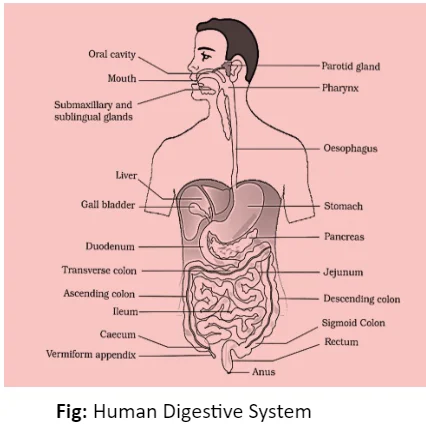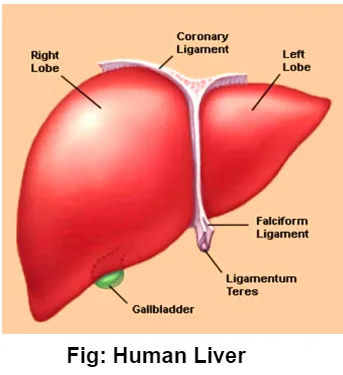![]() June 4, 2024
June 4, 2024
![]() 5561
5561
![]() 0
0
The human digestive system is essential for breaking down food into small, absorbable components for energy, growth, and cell repair. This system includes the gastrointestinal (GI) tract, which extends from the mouth to the anus, and accessory digestive organs like the liver, pancreas, and gallbladder. The process of digestion involves several steps: ingestion, secretion, peristalsis, digestion, absorption, and defecation. These coordinated actions ensure that nutrients are effectively utilized by the body and waste products are expelled.
The human digestive system breaks down food

Structure of the Gastrointestinal Tract: The gastrointestinal (GI) tract, or alimentary canal, is a continuous tube that extends from the mouth to the anus.

| Must Read | |
| Current Affairs | Editorial Analysis |
| Upsc Notes | Upsc Blogs |
| NCERT Notes | Free Main Answer Writing |
<div class="new-fform">
</div>

Latest Comments